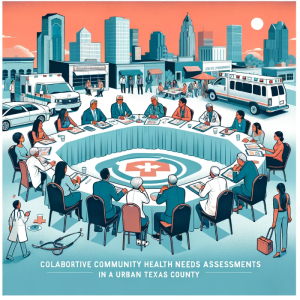
Integrated Care in the Care Home Sector
The landscape of health and social care is evolving. With an increasing focus on integrated approaches, particularly in care home settings, understanding and mapping these changes is crucial. The article, A Typology of Integrated Care Policies in the Care Home Sector: A Policy Document Analysis, published in ‘Frontiers in Public Health’, delves into this intricate world. This blog aims to decode the findings of this study for a broader audience, highlighting its implications for the future of care home policies.
The Need for Integration in Care Homes
Care homes play a pivotal role in the health and social care system, catering to the needs of older adults and other vulnerable groups. The COVID-19 pandemic has underscored the necessity for a more cohesive and integrated approach in these settings. Integrated services strive to combine previously fragmented services, providing a coordinated care pathway that addresses patients’ holistic needs.
The Study: A Deep Dive into Policy Mapping
The research focused on Greater Manchester (GM), a devolved region in England, to identify and classify integrated health and social care initiatives in care homes. By analyzing 124 policy documents, the study unearthed 131 specific care home integration initiatives. These ranged from quality monitoring and workforce training to service delivery alterations, like multidisciplinary teams.
Key Findings: A Novel Typology Emerges
The study’s significant contribution is the development of a new typology for categorizing care home integration policies. This typology helps understand the integration’s focus, be it with a specific provider or a broader system intervention like digital or financial changes. Interestingly, most initiatives emphasized integration with a single provider or specific care transition points, rather than comprehensive system-wide interventions.
Implications: Shaping the Future of Care Home Policies
The new typology fills gaps in existing frameworks and offers a clearer understanding of the diverse initiatives in care homes. It can serve as a guide for policymakers to identify implementation gaps and for researchers to determine the most effective approaches.
Conclusion: A Step Towards Better Care
This research marks a significant step in understanding and improving integrated care in care homes. Providing a structured way to classify and compare policies sets the stage for more effective and efficient care strategies in the future.
Stay Current with Public Health!
We curate the most critical updates in health research, community health milestones, and powerful advocacy movements weekly. Our newsletter serves as your personal informant, empowering you to make informed decisions and take meaningful actions in the health sector. By signing up for free, you’re not just getting updates; you’re getting an arsenal of knowledge to make a real difference in public health.



